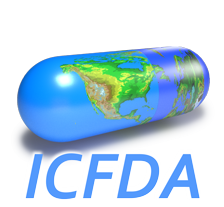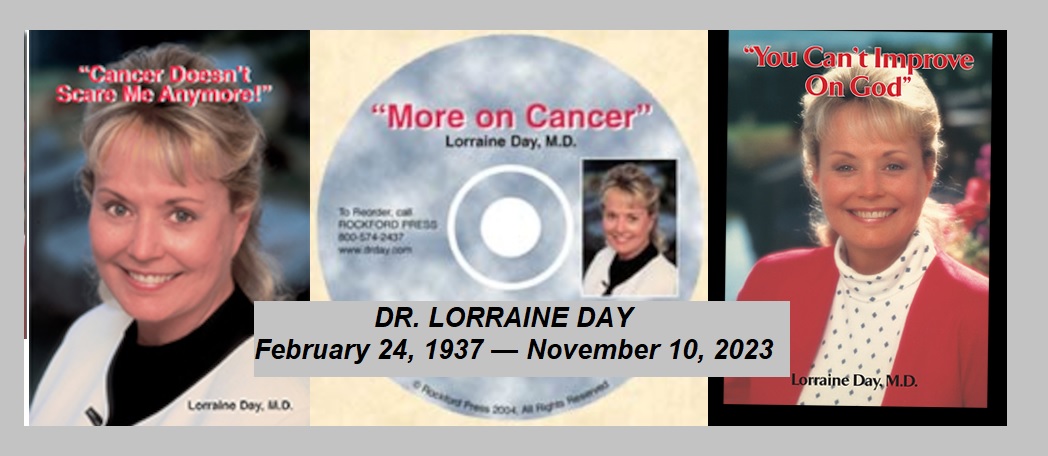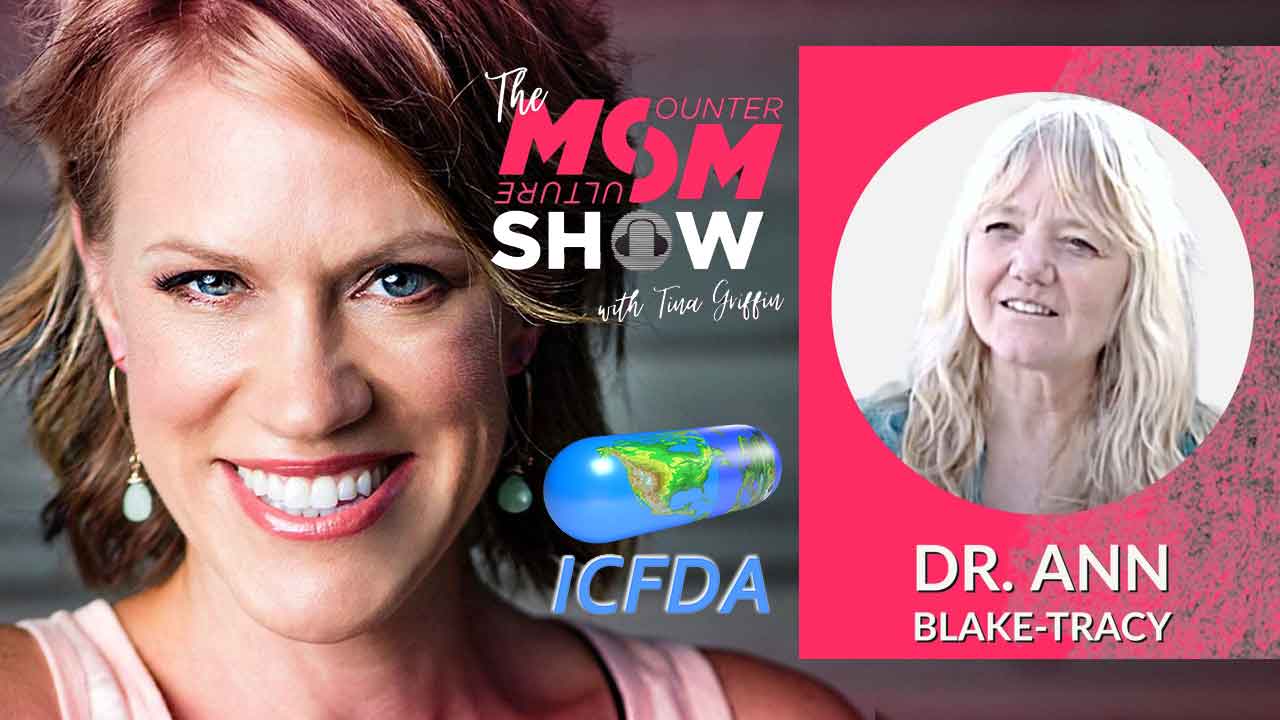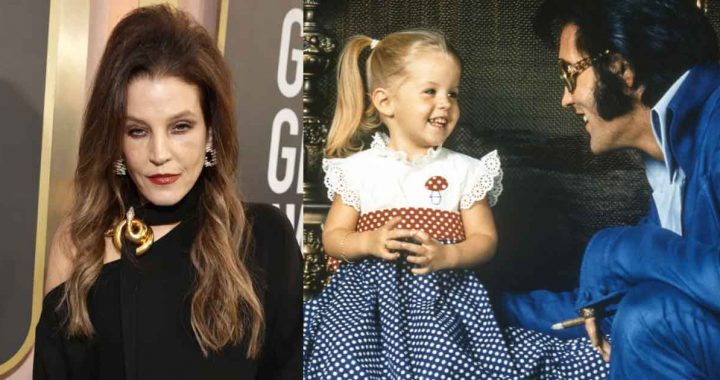I would hope that you have been carried away by the hustle
and bustle of the Christmas season – celebrating Christmas
as it should be celebrated as you recalled the real purpose
of this holiday season.
Pharmaceutical companies look at this season as the time
of opportunity for recruiting new guinea pigs for their drug
trials. The holidays are a time for families to visit and celebrate
together, but, for some, it can be depressing as they look at a
broken family, loss of a loved one, not enough money for gifts,
etc. In those situations, the drug companies want us to believe
that they have the only answer for those holiday blues – their
little green, blue and pink pills.
Eli Lilly, for one, is most definitely taking advantage of the season
– offering to one and all their own brand of “holiday cheer” – Prozac.
One evening on prime time TV during the CBS Christmas special we
were forced to tolerate their “Welcome back to Prozac” commercial
where we see an athletic young woman jogging through the screen
to come back to Prozac. And another woman in the commercial
opens her shutters to welcome the morning sun again.
The honest commercial would show an overweight woman with
globs of hair falling out, who could barely catch her breath due
to the severe fatigue of the post drug period along with the
involuntary muscle jerking and jumping from the electrical
shocks running through her body. She would also be suffering
the severe panic and anxiety attacks that come with withdrawal
as she then drags herself back to the Prozac bottle! After all,
it is the serious delayed withdrawal with its terrible bouts of
rebound depression caused by the drugs that brings
the large majority of users back to Prozac or any of the
other drugs in the Prozac family of antidepressants.
Then the other woman who opens her shutters would be
welcoming the late afternoon sun, rather than the morning sun,
as she would not be able to get up before noon due to the total
upheaval in her sleep patterns. She would also be covering her
eyes from the sun due to pain the light would cause – a result of
the elevated serotonin levels she is left to deal with after her
first round of Prozac.
Just last month an ad ran in our papers here in Salt Lake City
(better known as “Prozacopolis” or the “Prozac laboratory” due
to our extremely high use of these drugs here) asking for elderly
guinea pigs. The caption above the photo of an elderly oriental
woman read in big bold print “EARN MONEY FOR CHRISTMAS!”
They were offering $750 to those 65 – 85 years of age (most on a
fixed income who could certainly use an extra $750 for Christmas)
to take Prozac for 42 days.
The ad stated that there was no need for these volunteers to be
depressed, but they needed to be healthy in order to take part in
the study. There was no warning at all that these volunteers would
most likely need to use the $750 for burial expenses or for a drug
withdrawal clinic to help them off the drug. And there was no hint
that they might need the extra $750 for additional Prozac to ward
off the terrible withdrawal symptoms.
The drug companies are definitely targeting the weakest among
us – the elderly and the children. Both are far more vulnerable to
the effects ofdrugs as the metabolism is weaker in both plus the
children have systems that are yet developing. US News and
World Report recently published an article on what is going on
with children in the testing of these drugs and the why behind
the testing – extended patents of these drugs bringing in MILLION$
for the drug companies. See it below. Note that the magazine is
protecting their advertising dollars by soft pedaling the most
horrific drug disaster this world has ever faced – the mass
drugging of helpless children with these very powerful
mind-alterning drugs.
How many more mass shootings do we need to witness? How
many more must die to awaken us to the terrible position we are
in as a result of these drugs? The horrors of medical “research”
are indelibly etched in one’s mind with a visit to Auschwitz or
Dachau. The picture of one man grasping his head with both
hands as he screamed out in pain was enough to send me
running out of Dachau as fast as possible and swearing never
to return. The emotions and memory of that experience will be
with me forever. The difference here is that Hitler did not have
mass media to entice people through flowery ads to come to the
camps “drug clinics” willingly to undergo “treatment” and the
human guinea pigs were not offered money to participate in
his horrific medical research projects.
If using the most helpless and dependent upon us as guinea
pigs does not incur the wrath of God as we have never seen
before, I do not know what will. Surely this must serve as a
wake up call to the terrible state of our society. If it does not,
we are not worth saving as a world, as a country, or as a people.
A pharmacist who has witnessed many of his customers end up
with criminal charges after using SSRI antidepressants stated to
me only a few months ago that he fears that in the next 10 to 20
years we will see thousands of “little Hitlers” running around as a
result of our use of these drugs on our children. He then pleaded
with me, “Please tell me that you and I are not the only ones who
see this!”
I urge you to not sit back in silence a moment longer. There is not a
family in our country that has not been adversely affected in some
way by these drugs at this point. Escaping this mass drugging of
our population is impossible in our world today. We are all surrounded
by it and must address such a serious assault on life as we know it. If
you have not yet done so, please contact local radio stations, television
stations, newspapers, government officials, police and firemen who have
to deal with the end result of these drugs, and give them our website as
a reference. Ask them to have one of our directors on as a guest on a
show to discuss this issue. Then warn your own families, friends and
neighbors before you are faced with a death you that you might have
been able to prevent by sharing this information. Stop worrying about
how someone will react to your message. Think of how you will feel
knowing that you did nothing to save a life or several lives that are
now gone as a result of these drugs.
We cannot stand by and watch this happen any longer – especially
at this time of year. I know of no greater gift we can give this
Christmas season than one of truth and life and health and
peace of mind – a life free of these drugs.
Ann Blake-Tracy, Executive Director,
International Coalition For Drug Awareness
www.drugawareness.org
http://www.usnews.com/usnews/issue/000417/nycu/kids.htm
Drug companies are clamoring for kids, but scrutinize the study before
signing up
By Stacey Schultz
Five-year-old Emily Morock is being very brave. As the nurse at Children’s
Mercy Hospital in Kansas City, Mo., draws blood from her left arm, the small
girl watches, fascinated, and doesn’t flinch. It wasn’t so easy for little
Teyonna Latimer, also 5, who, moments earlier, kicked and screamed as her
mom and a nurse held her still for a needle stick.
The girls are not sick: They are enduring the needles in the name of
science. Like thousands of children across the country, Emily and Teyonna
are taking part in a clinical trial of a drug approved for adults but never
studied in children–in this case an antihistamine. Doctors at Children’s
Mercy Hospital are trying to figure out how much is needed to relieve
allergies in a small child. “Up until a few years ago, if you had a
200-pound man and the dose was 200 mg, you would guess that a child who
weighs 10 pounds should get 10 mg,” says Kathy Johnson, clinical research
coordinator at the hospital. “But there is so much more we need to
understand about drug metabolism before we give medicines to young
children.”
A concerted drug-testing effort is filling that gap. In 187 pediatric trials
now planned or underway, researchers are studying the safety of
antidepressants, the proper doses of heart medication, and the best ways to
use potent antibiotics, among other things. The boom was sparked in 1997
when Congress granted drug companies an extra six months of patent
exclusivity, potentially worth millions of dollars, for medicines tested in
children; after December, the Food and Drug Administration will require that
virtually all new drugs be tested in kids.
“I have been doing pediatric research for 25 years,” says Philip Walson,
professor of pediatric pharmacology and pharmacy at Ohio State University.
“And I can honestly say that there has been more research done in the past
three years than in all the others combined.”
Risk and reward.
The effort will require more than 17,000 children–and increasing numbers of
doctors are asking parents to sign up their kids. The decision of an adult
to enter a clinical trial is rarely easy; deciding to sign up a child can be
even trickier.
Some experts worry that the rush to test drugs in kids has led to ethically
questionable behavior, such as taking children off a standard medication to
study the effects of a newer one or offering families large sums of money
for taking part. On the plus side, children in trials get close medical
attention and a chance to make a difference to other kids.
For sick children, a study of a new drug also offers a chance of getting
more-effective therapy. And the risks are small, providing parents choose
trials conducted by experts in pediatric medicine and closely supervised by
local review boards.
Prescribing drugs for children is a kind of experiment in any case, medical
researchers are quick to point out, because 80 percent of the drugs given to
kids have been tested only in adults.
Under FDA regulations, doctors are free to use these drugs in children, but
dosages and toxic effects can be guesswork. In rare cases, those guesses
have been fatally wrong. Decades ago, chloramphenicol, an FDA-approved
antibiotic, killed several infants when it accumulated to toxic levels in
their systems. Doctors later discovered that children do not metabolize the
drug the same way adults do. “We didn’t study it in kids before we gave it
to them,” says Dianne Murphy, associate director for pediatrics at the FDA.
“And we really didn’t understand the harm we were causing.”
The new wave of trials addresses the problem by testing approved drugs in
healthy kids like Emily and Teyonna, to see how their bodies process the
drugs, and by comparing the effectiveness of different drugs in sick kids.
No clinical research is without risks, says Ralph Kauffman, director of
medical research at Children’s Mercy Hospital, but the hazards of pediatric
clinical trials usually amount to inconvenience, not danger. “Studies may
include additional visits to the doctor, extra blood tests, X-rays, and
urine samples,” Kauffman says. “These are not things that inflict lasting
harm on a child.”
Most drugs tested in children have been studied previously in adults,
Kauffman adds. “There is always a small risk of an adverse reaction to a
drug,” he says. But because kids are so closely monitored in clinical
trials, “children are at much lower risk of an adverse event in a study than
they are taking a drug that has never before been tested.”
Still, parents have been spooked by rare but well-publicized clinical trial
disasters such as the death last fall of 18-year-old Jesse Gelsinger in a
study of gene therapy at the University of Pennsylvania. “You ask some
parents to join a clinical trial, and they immediately turn off,” says
Jeffrey Blumer, professor of pediatrics and pharmacology at Case Western
Reserve University School of Medicine in Cleveland.
Other participants sour later, when they discover that their child got the
old therapy during a trial of a new drug or got a dose of the new medication
too small to do any good. When a family doctor or pediatrician suggests
joining a clinical trial, Blumer says, parents should check out who is
running it. Look for researchers who have university affiliations, he
advises, because university-based research often gets more careful ethical
scrutiny.
Committees of experts called institutional review boards (IRBs) act as the
ethical watchdogs, and university-based hospitals are likely to have an IRB
on site, rather than relying on a centralized IRB that may not monitor
individual trials as carefully. On trial. Mark Brown, associate professor
of clinical pediatrics at the University of Arizona, learned how big the
difference can be when he tried to recruit patients for a trial of a new
asthma drug. The study sought kids with asthma who were not already taking
inhaled antinflammatory drugs. “Our IRB felt that it would be unethical to
take a child off medication if it was already controlling the condition,”
Brown says. Every asthmatic child his office could identify was already on
medication, preventing him from recruiting a single patient.
But just blocks away another doctor who was also taking part in the study
exceeded his quota. The reason: The physician encouraged patients to stop
their medication and join the trial. Brown suspects a less stringent IRB had
OK’d this potentially risky step. Parents should also get a full explanation
of the purpose and plan of the study, along with potential risks and
benefits.
Emily’s mother says that a nurse called her and explained the trial. Later,
she signed a six-page consent form detailing the same information. Ben
Wilfond, a bioethicist at the National Institutes of Health, says parents
should discuss these materials with their child’s primary-care physician as
well as with the study staff. “Take your time making the decision,” Wilfond
says. “If someone is trying to pressure you to sign up, that’s a red flag.”
Don’t be surprised if the trial organizers offer money or gifts.
Roughly a quarter of pediatric studies pay for participation, typically from
$200 to $400, according to Jonathan Rackoff, a researcher at NIH. Emily and
Teyonna both received $200 for their cooperation. NIH’s Wilfond says
incentives are not necessarily unethical. But some studies are offering
$1,000 or more, which bothers Wilfond: “When the money becomes too large and
distorts people’s judgment, that’s a problem.”
Ultimately, experts say, taking part in a well-run trial can be rewarding
for children. They stand to gain a sense of pride in helping other kids and,
along the way, learn a little bit about medical science. Loren Persley, a
16-year-old from Kansas City who entered a study of an antihypertensive drug
last year, says she was paid about $400. But her favorite part of the study
wasn’t the cash. It was staying overnight in the hospital and watching
technicians test her blood in the lab. “I got to see a readout on paper of
how high the levels of the drug were in my blood,” Persley says. “I had so
much fun, the money didn’t really matter to me.” But, she adds, “it was a
nice way to say thank you.”
© U.S.News & World Report Inc. All rights reserved. Disclaimer



